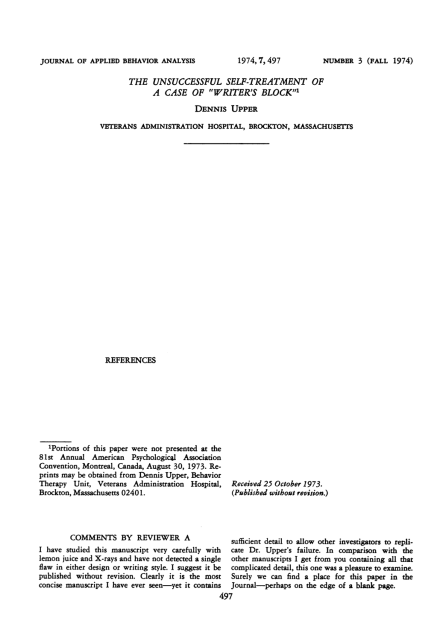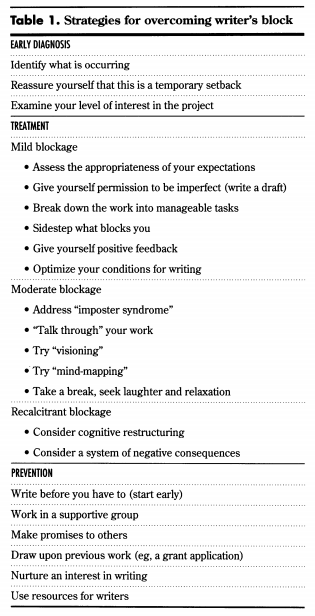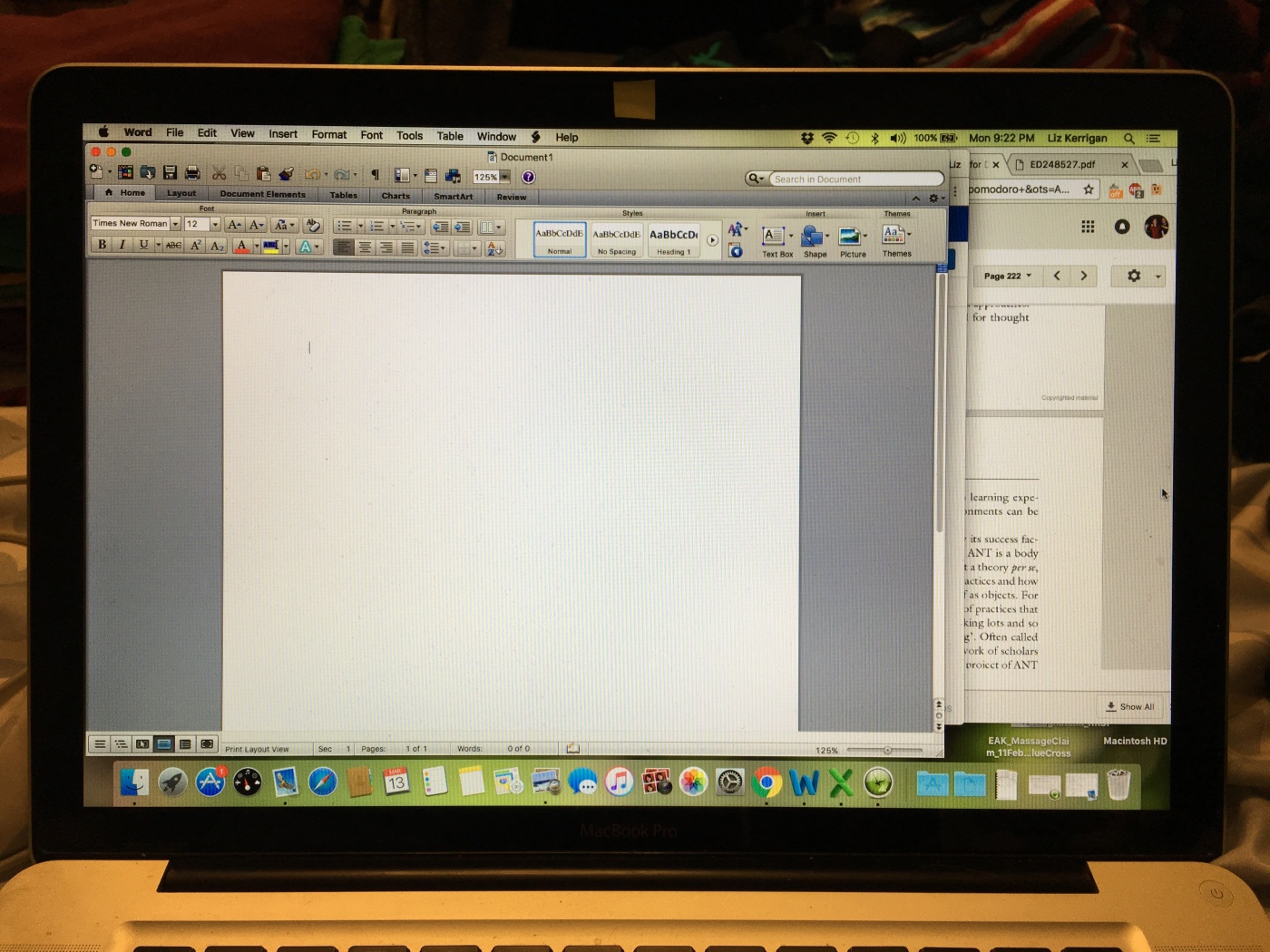For the last few weeks I’ve been stuck. How can I impart my pop culture knowledge onto you if I have nothing to write about? And, truthfully, why should I write anything if I can’t come up with anything interesting to post. Writer’s block. We’ve all had it – whether it’s that essay on Chaucer, a lab report on Daphnia (remember those weird little water fleas from high school biology), or a note to your boss explaining why you missed a meeting, it happens to us all.
So, now that i’m stuck, I can ask the question – is there a science to getting rid of writer’s block?
Two of my favourite movies deal with this concept of Writer’s Block and the unintended negative consequences – “Ruby Sparks” and “Stranger Than Fiction”. Oddly, in both of these films the writer accidentally creates/controls someone through the “fiction” they’re writing. In “Stranger Than Fiction”, Will Ferrell’s life seems to be taken over by Emma Thompson, while in “Ruby Sparks”, Paul Dano inadvertently creates (both on paper and in real life) the perfect girl (Zoe Kazan), who can be modified with any change to her personality on paper. Not only is writer’s block ubiquitous, but the themes of both these movies seem to suggest that it can have seriously negative effects and unintended consequences. Nobody likes writer’s block, so what can we do to eliminate it for good?
Well the first article I found, a paper from 1974 seemed to sum up the solution quite succinctly.

Clearly, Upper (1974) did not find the holy grail of solutions to writer’s block, instead he published a blank page in an academic journal. But, over the years lots of people have attempted to discourage writer’s block by increasing productivity and decreasing distraction.
Writer’s Block: the distinctly uncomfortable inability to write (Patricia Huston, 1998)

Huston (1998) wrote a comprehensive guideline for not only how to identify writer’s block (and different levels within), but she also included coping strategies to reduce the anxiety that can lead to this blockage.
First, why does writer’s block occur? It’s a common belief that writer’s block is a stress-based reaction that can prevent the writer from formulating their thoughts into words. Second, it happens to everyone, so take stock and prepare. Huston (1998) believes the best way to “cure” writer’s block is “diagnosing” it early. Procrastinating or staring at your computer for an extended amount of time with no words coming forth is likely an indicator that you are stuck. Now that you’ve acknowledged your writer’s block, you can look to Table 1 (Huston, 1998) to figure out how you can treat it.
Huston suggests that you should (1) cultivate patience, (2) analyze tasks, (3) schedule breaks, and (4) assess writing conditions. In general, she notes that imparting these treatments will decrease anxiety and stress, build confidence and forge a good work environment to write in.
This is of course easier said than done and a lot of us (myself included) have no trouble identifying the cause or presence of writer’s block, without necessarily having a good way of getting rid of it. And frankly, while Huston’s (1998) techniques do sound good, the idea of reading a 6-page paper and following this table when you’re already stuck is probably not going to work that well.
However, unlike Huston’s (1998) elaborate paper, one new technique that has been becoming popular is the “Pomodoro Technique”. If you haven’t heard of this, (1) it’s basically a glorified kitchen timer, and (2) go search the app store on your phone and download one to help you become your “most productive you”. Ok, but what exactly is it? Well in the late 1980s Francesco Cirillo came up with the idea to break work down into intervals separated by short breaks, with the (typically) 25-minute work intervals timed using his tomato-shaped kitchen timer (pomodoro = tomato in Italian). The concept is that you write down a goal (or goals depending on your work) to accomplish during that time period and during that period you solely work on your goal. No procrastination, just try to focus on that task. At the end of 25 minutes you’re rewarded with a small break and the cycle continues. More pomodoros in a row and you can get a longer break. The idea is simple and the possibilities endless, but the concept hinges on the fact that once you start a task, regardless of how stuck you are or how much you want to quit, you must solidly work for your defined interval.
I’ve been reading Lauren Graham’s autobiography “Talking As Fast As I Can: From Gilmore Girls to Gilmore Girls and everything in between” and she discusses the pomodoro technique (which she calls the kitchen timer technique) and credits it with her ability to finish writing not only the book I’m currently reading, but two other fictional novels as well. One slight difference is that since it is explicitly for writing and not necessarily to complete a task, she sets a timer to “write”, but is allowed to write “off-task”. That is, one document will be open with what she’s currently writing (e.g. her fictional novel), but another document for rough/scrap/journal writing is also open and she can feel free to write there instead. Writing is writing and even if it’s not useful for her book, it still counts.
This is a novel (book pun) idea and particularly helpful regardless of the task at hand. If you’re stuck somewhere, instead of leaving the room or moving on to another task, just by doing something similar (i.e. writing about yourself or your dog instead of your dragon-slaying heroine – just an idea), you are still being productive, and this will hopefully get you out of your writer’s block a lot faster.
And if you’re still stuck, but decide that it’s the perfect time to write the next great Canadian fictional novel of our time, Toronto-based web developer Adam Brady created a website chock-full of premises to help you get there (over 900,000 ideas in fact). So, if you’re just stumped on what to write about, maybe this will help:
So good luck, good writing, and may the forces of writer’s block not be with you!
References:
Huston, P., 1998. Resolving writer’s block. Canadian Family Physician, 44, p.92.
Upper, D., 1974. THE UNSUCCESSFUL SELF‐TREATMENT OF A CASE OF “WRITER’S BLOCK”. Journal of applied behavior analysis, 7(3), pp.497-497.

Leave a comment